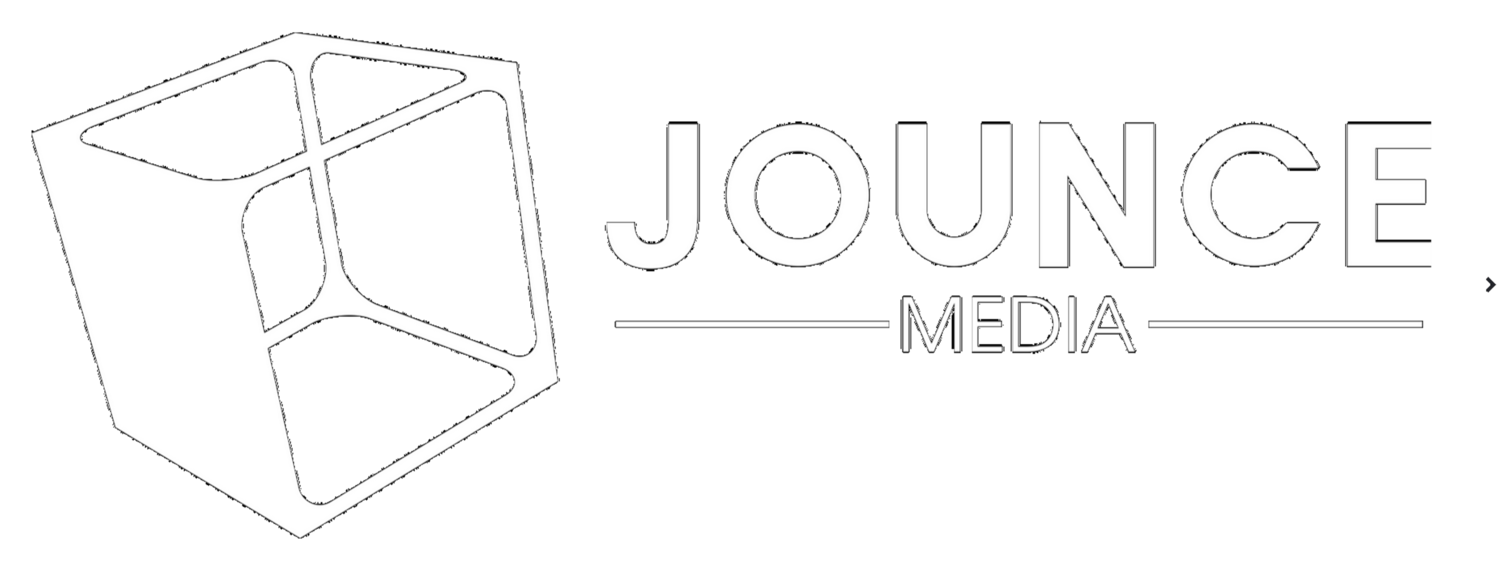When a publisher integrates one new programmatic sales partner, it commonly also authorizes 10 or more one-hop and multi-hop reselling supply paths. Here’s how that works.
Authorizing Supply Paths
Nearly every web and app publisher now posts an ads.txt file (or app-ads.txt file) that publicly declares which sell-side ad tech vendors are authorized by the publisher to conduct programmatic auctions..
Some files are very simple. As of February 20th, AT&T’s file has just one entry:
appnexus.com, 9367, DIRECT
AppNexus seller ID 9367 is the only supply path that is authorized to sell inventory on att.com. If a DSP receives a request to bid in an auction on att.com from any other ad exchange or from any other AppNexus seller ID, it should flag the bid request as unauthorized and refuse to participate in the auction. This protects marketers from buying fraudulent inventory, and it protects AT&T from lost revenue.
Most ads.txt files have more than one authorized supply path. Ticketmaster has two. Pandora has three. Our supply path dashboard makes it easy to see the size and composition of these ads.txt files, and it also makes it clear that publishers commonly have dozens of authorized supply paths.
Managing a single supply path, or three supply paths, or even 10 supply paths is a manageable task for a publisher. But how could a publisher possibly manage the financial complexity and technical integration headache of conducting auctions through dozens of supply paths? One primary explanation is that the publisher’s directly-integrated partners also request the rights to solicit DSP bids through authorized resellers.
Ads.txt Blocks and Reselling
A closer look at some of the larger ads.txt files reveals what we call ads.txt “blocks” -- groups of supply paths that contain one directly-integrated SSP and one or more authorized resellers of that SSP.
As an example, when publishers integrate with Undertone, they typically add three entries to their ads.txt files:
undertone.com, [publisher’s Undertone account ID], DIRECT
appnexus.com, 2234, RESELLER
openx.com, 537153564, RESELLER
To a DSP, Undertone’s ads.txt block looks like this:
Undertone specializes in rendering high impact ad units. It does not specialize in establishing and maintaining DSP bidding integrations. So it relies on partners to create those DSP connections. When a publisher asks Undertone to fill an impression, Underdone initiates auctions in OpenX and AppNexus. Those exchanges then issue bid requests to DSPs and return the DSPs’ bid responses to Undertone. In our view, this is value-added reselling. Those OpenX and AppNexus pipes ensure every buyer in every DSP has the opportunity to access Undertone’s proprietary ad units.
Unruly is another sell-side technology company that has a disciplined approach to reselling. Unruly powers outstream video ad units and often has the exclusive right of sale for this inventory. And while Unruly is directly integrated with some DSPs, it relies on resellers to establish connections with DSPs whose marketers would otherwise not have access to the Unruly auction.
When a publisher integrates with Unruly, it typically add four ads.txt entries, authorizing Unruly to conduct resold auctions through Index, AppNexus, and Rubicon:
video.unrulymedia.com, [publisher’s Unruly account ID], DIRECT
indexexchange.com, 182257, RESELLER
appnexus.com, 6849, RESELLER
rubiconproject.com, 15268, RESELLER
To a DSP, Unruly’s ads.txt block looks like this:
Maximizing Access vs. Manipulating Buyers
So Undertone has two resellers, and Unruly has three. Would it improve yield to have a fourth reseller? A fifth? How about 30?
Based on the ads.txt blocks we see in the wild, it appears many sell side technology companies choose to use an extensive collection of resellers. It is common to see ads.txt blocks that contain dozens of reselling entries. In these cases, the publisher authorizes its new directly-integrated partner to conduct resold auctions through many different exchanges. Additionally, the publisher sometimes authorizes those resellers to syndicate bid requests through yet more reselling exchanges. Buyers can be left navigating a supply path map that looks like this:
Is this fair play? Does an ads.txt block with dozens of one-hop and multi-hop resellers serve the publisher by maximizing its access to demand? Does it serve the buyer by ensuring access to the auction? Or does it artificially inflate bid density and manipulate the market by flooding DSPs with duplicate requests to participate in the same auction? A disciplined approach to reselling creates value. An excessive inflation of bid requests extracts value. Somewhere between 1 authorized reseller and 30, ads.txt blocks cross the line from value creation to value extraction.
The Smart Money
Smart buyers know how to navigate these duplicate supply paths, utilizing value-adding resellers and avoiding value-extracting resellers. Through publicly-available data (ads.txt + sellers.json), programmatic ad buyers can begin to understand the nature of these reselling relationships. When exchanges augment this public data by presenting the SupplyChain object in bid requests, the buyer’s understanding of the range of available supply paths improves. And with private data sharing agreements in the form of SSP log files or metadata, the most sophisticated buyers are empowered to build custom bidding algorithms that ensure maximum access to inventory while withholding bids from redundant value-extracting supply paths.
The RTB market is complex, and complex markets produce outsize returns for savvy investors. Expect the smart money to significantly out-perform the market in 2020.



